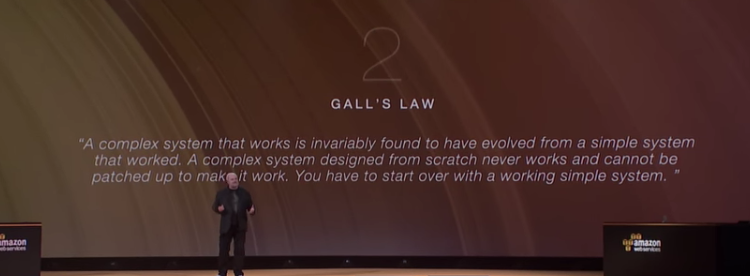WebDriver Example Javascript with ScreenShot
Here is an example of a JMeter + WebDriver test written in JavaScript. JMeter uses the Java WebDriver. This is a bridge between Javascript and you are scripting java – http://jmeter.apache.org/usermanual/functions.html#__javaScript In JMeter the driver is passed into the test. WDS object passed in Specifically we are provided an object called WDS with the following properties. (from the docs). Take special notice of WDS.browser as this is the WebDriver we use to drive our test. WDS.nameRead More →


